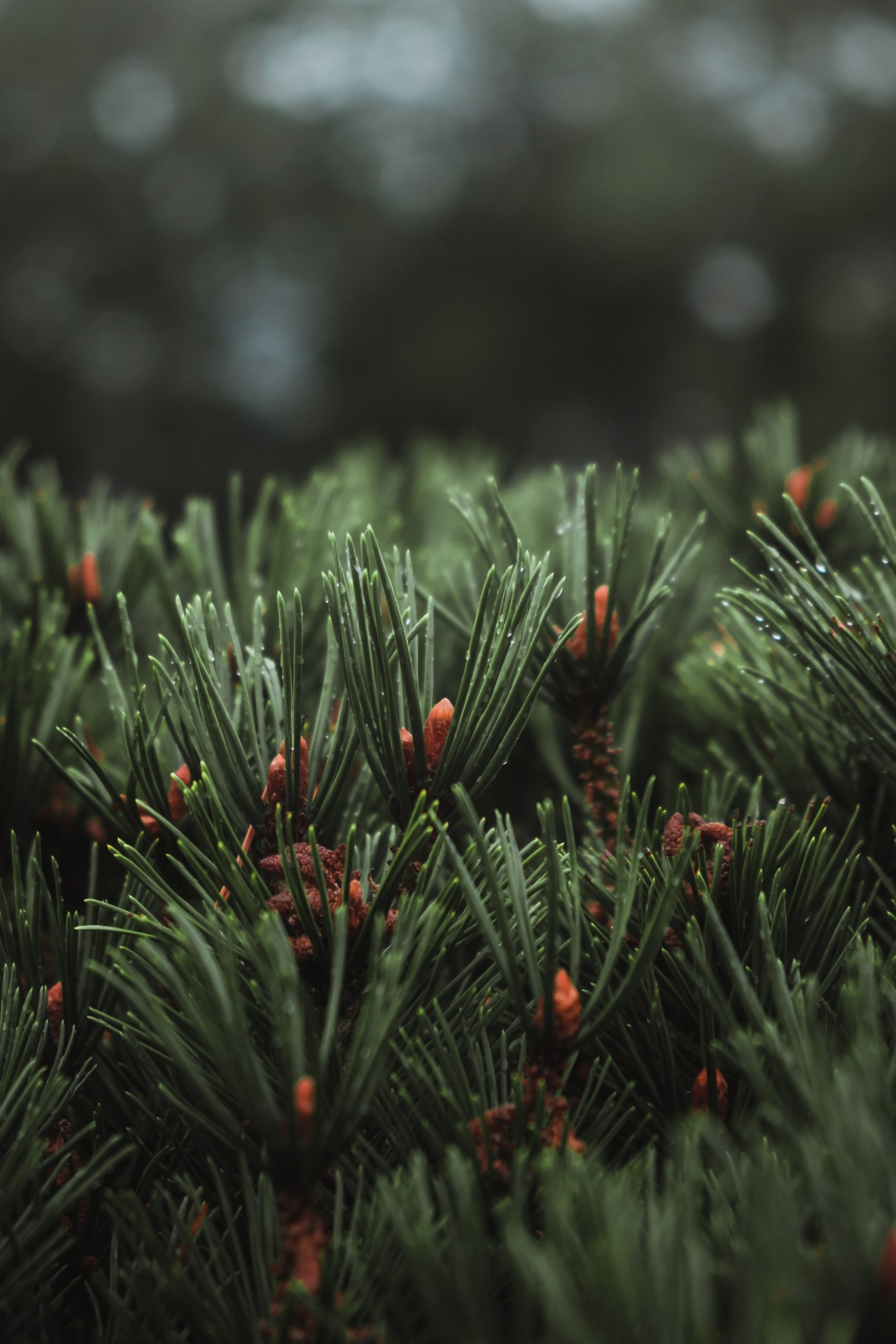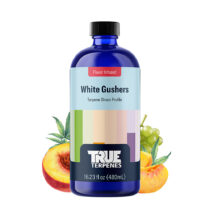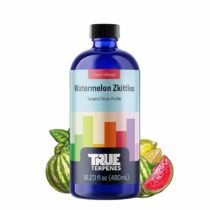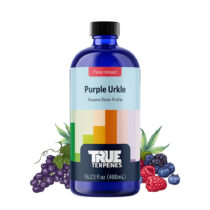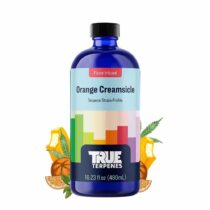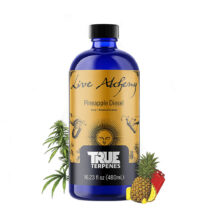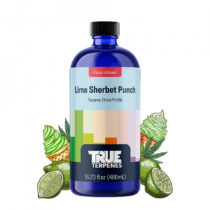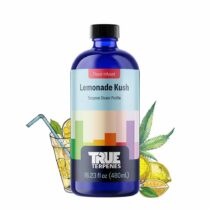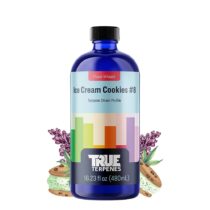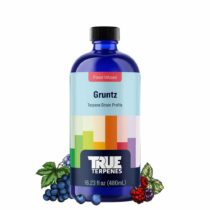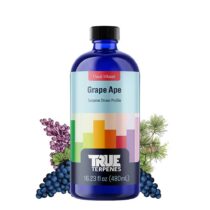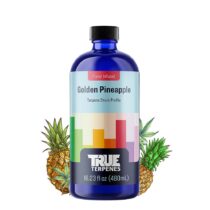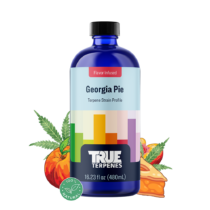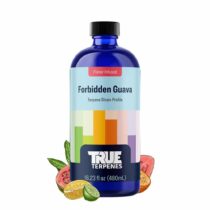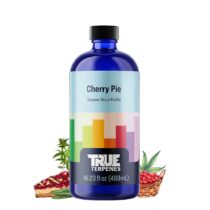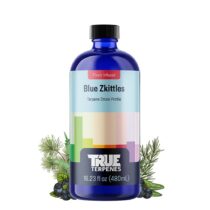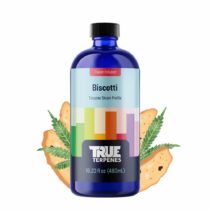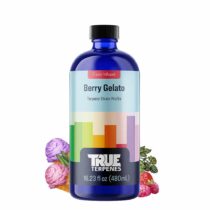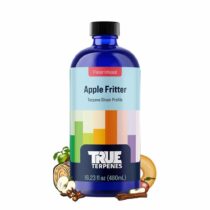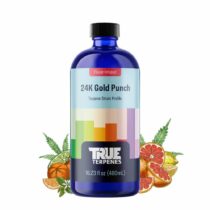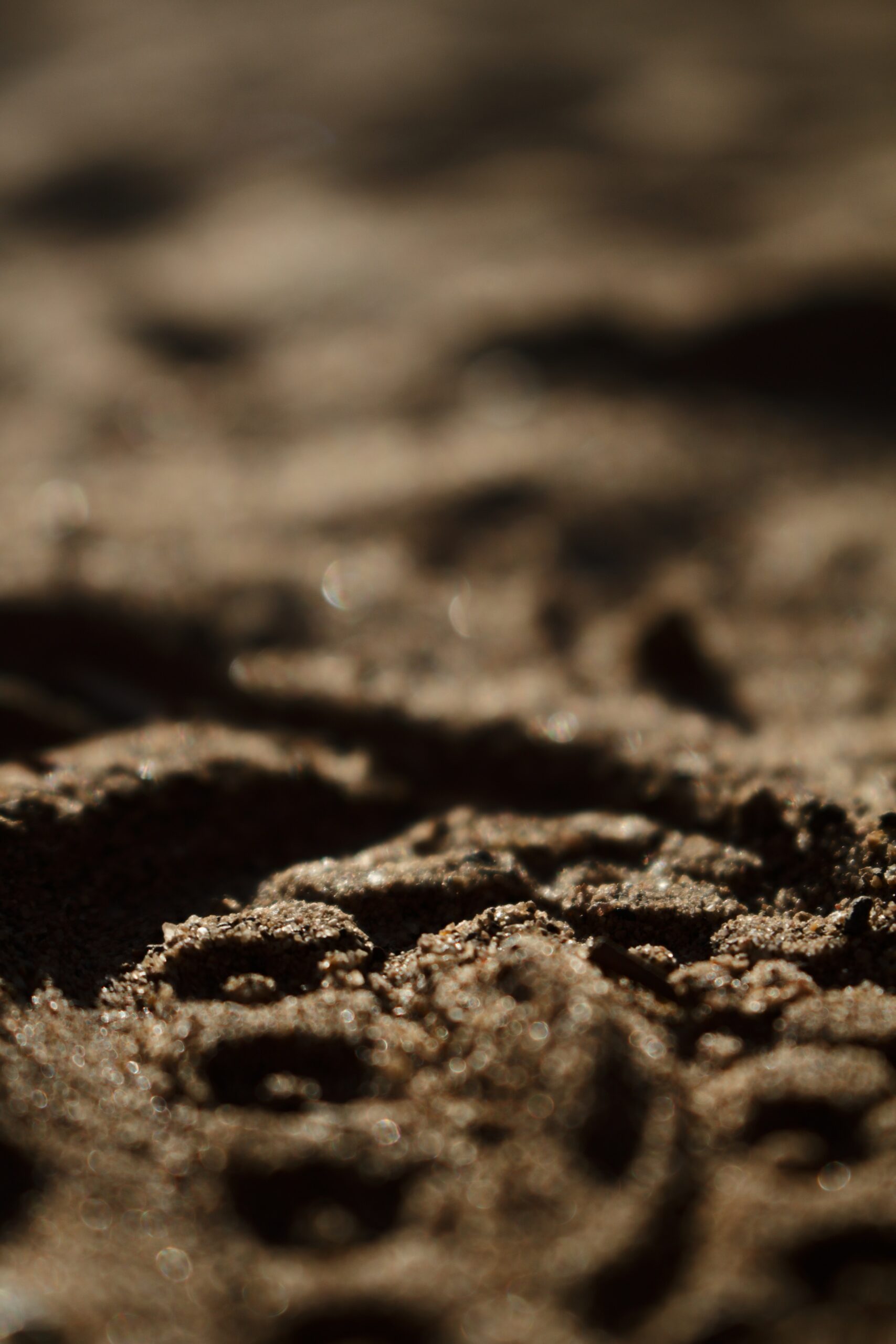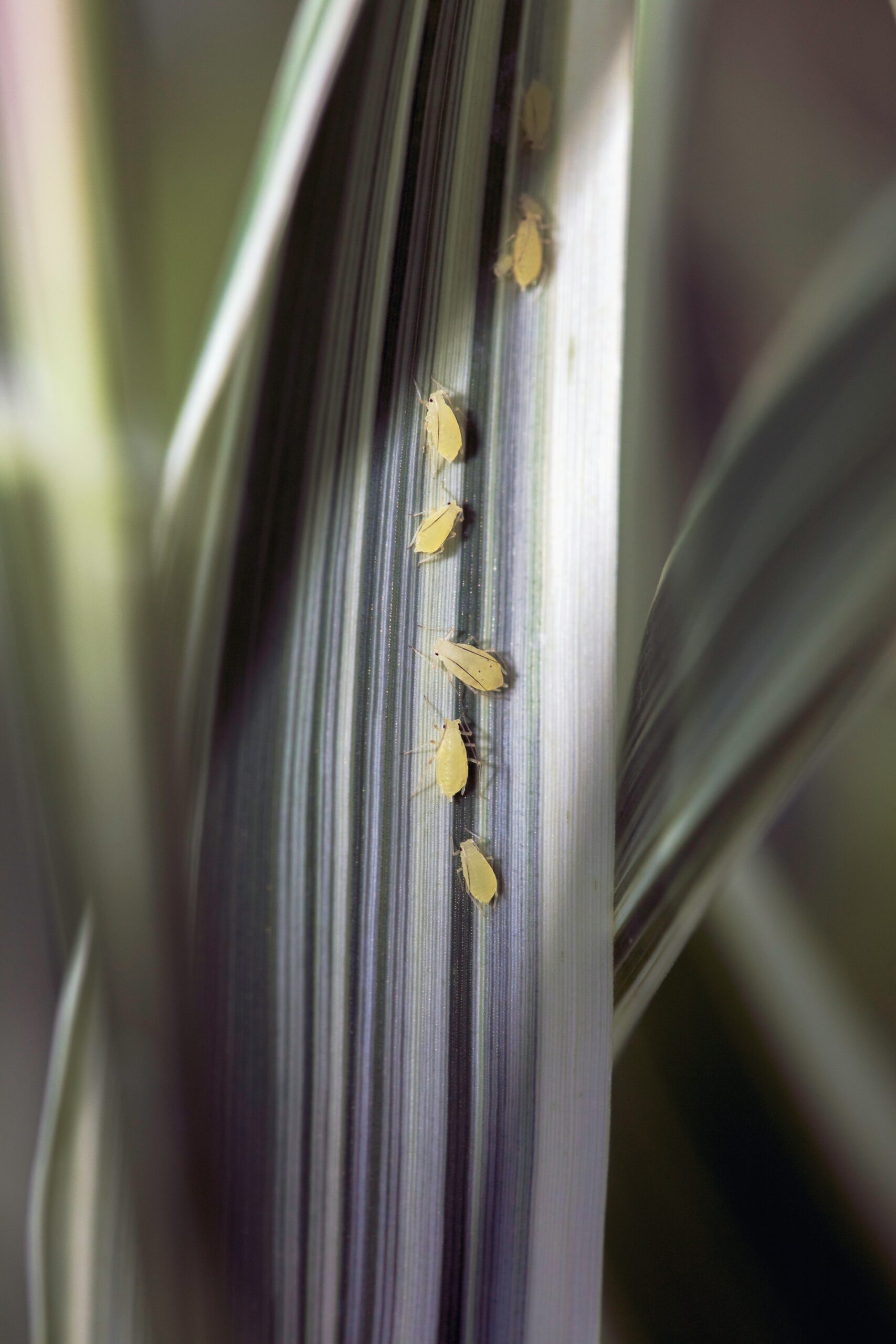Terpenes are naturally occurring aromatic compounds found in plants, herbs and some animals. These aromatic compounds create the characteristic scent associated with plants such as pine, lavender and fresh citrus peels. Manufacturers use terpenes to scent and flavour consumer products such as cosmetics, perfumes, foods and drinks.
Terpenes are vital to plants and have various biological functions. They can protect plants from pests, animal grazing and disease and are implicated in pollination and plant-plant communication. As a result of their defensive role in plants, terpenes are often used as active ingredients of pesticides.
Terpenes are bioactive, meaning they have an effect on the human body. Many terpenes have been shown to have pharmacological effects, although most studies are from laboratory research, and clinical research in humans is preliminary. Terpenes are used frequently in alternative therapies such as aromatherapy. They are responsible for the distinct aroma and flavor of different strains and can also play a significant role in the effects of the strain. Terpenes are thought to work in synergy with cannabinoids produce a wide range of effects. Overall, terpenes play a crucial role in the complexity and diversity of different strains, and their importance cannot be overstated.
There are more than 50,000 terpenes and terpenoids used across a variety of applications. Rubber or polyterpene is one of the most widely used terpenes and it’s likely that there are other terpenes that could act as precursors to produce synthetic polymers. Turpentine is created using pinene from the distillation of pine tree resin. Some of the more widely known terpenes are:
Pinene
The most common naturally occurring terpene, it produces the distinct aromas of pine and fir. There are two structural isomers of pinene found in nature: α-pinene and β-pinene. Both forms are important components of pine resin. It is found in many conifer and herb species such as sage. It is associated with increased memory and alterness. Pinene is used in medicine as an anti-inflammatory, expectorant, bronchodilator and local antiseptic.
Limonene
Common is sativa varieties, limonene is associated with elevated mood. It is found in citrus rinds, juniper and mint. It aids in the absorption of other terpenes through the skin and other body tissue. It is well documented that limonene suppresses the growth of many species of fungi and bacteria. It may also be beneficial in protecting against various cancers, and aiding in weight loss.
Caryophyllene
Known for its peppery, woody and spicy aroma. This is the only terpene that is proven to interact with the endocannabinoid system. Caryophyllene is also found in basil, oregano, pepper and cinnamon. Believed to have anti-inflammatory, analgesic, anti-spasmodic and sleep aiding properties.
Geraniol
Has a sweet aroma that is present in geraniums, lemons and tobacco. Often used in perfumes and cosmetics it is also an effective mosquito repellant. Geraniol may have neuroprotective, anti-fungal and anti-tumor properties.
Humelene
Has an earthy aroma that is present in hops and coriander. Humulene is what gives beer its distinct ‘hoppy’ aroma. Humelene can act as an appetite suppressant and has potent anti-inflammatory, anti-bacterial and analgesic properties.
Linalool
Linalool has a strong floral scent found in many wildflowers, lavender, birch and rosewood. It has calming and sedative properties and can help relieve anxiety. Also believed to have analgesic and anti-epileptic properties, it has been used for centuries as a sleep aid.
Myrcene
Myrcene is often described as earthy and musky and is associated with increased uptake of THC as it lowers the resistance across the blood to brain barrier. Myrcene has also been shown to increase the maximum saturation level of the CB1 receptor, allowing for a greater maximum psychoactive effect. Found in mango, hops, thyme and citrus, it is a potent analgesic, anti-inflammatory, antibiotic and antimutagenic.
Ocimene
Found in a wide variety of botanicals, it has a sweet, woody scent. Plants use ocimene as a defense against pests. Found in mint, parsley, pepper, basil, orchids and kumquats. It is believed to have anti-fungal properties.
Terpineol
Has the aroma of lilac and flower blossoms and is often used in cosmetic products. It is often found alongside pinene which overpowers it’s scent. May have antibacterial, anti-anxiety and immuno-stimulant properties.
Terpinolene
Has a piney scent with notes of herbs and wildflower, it is often used as an active ingredient in insect repellants. Found in rosemary, sage and cypress, it has been shown to have anti-cancer and tranquillising effects.


